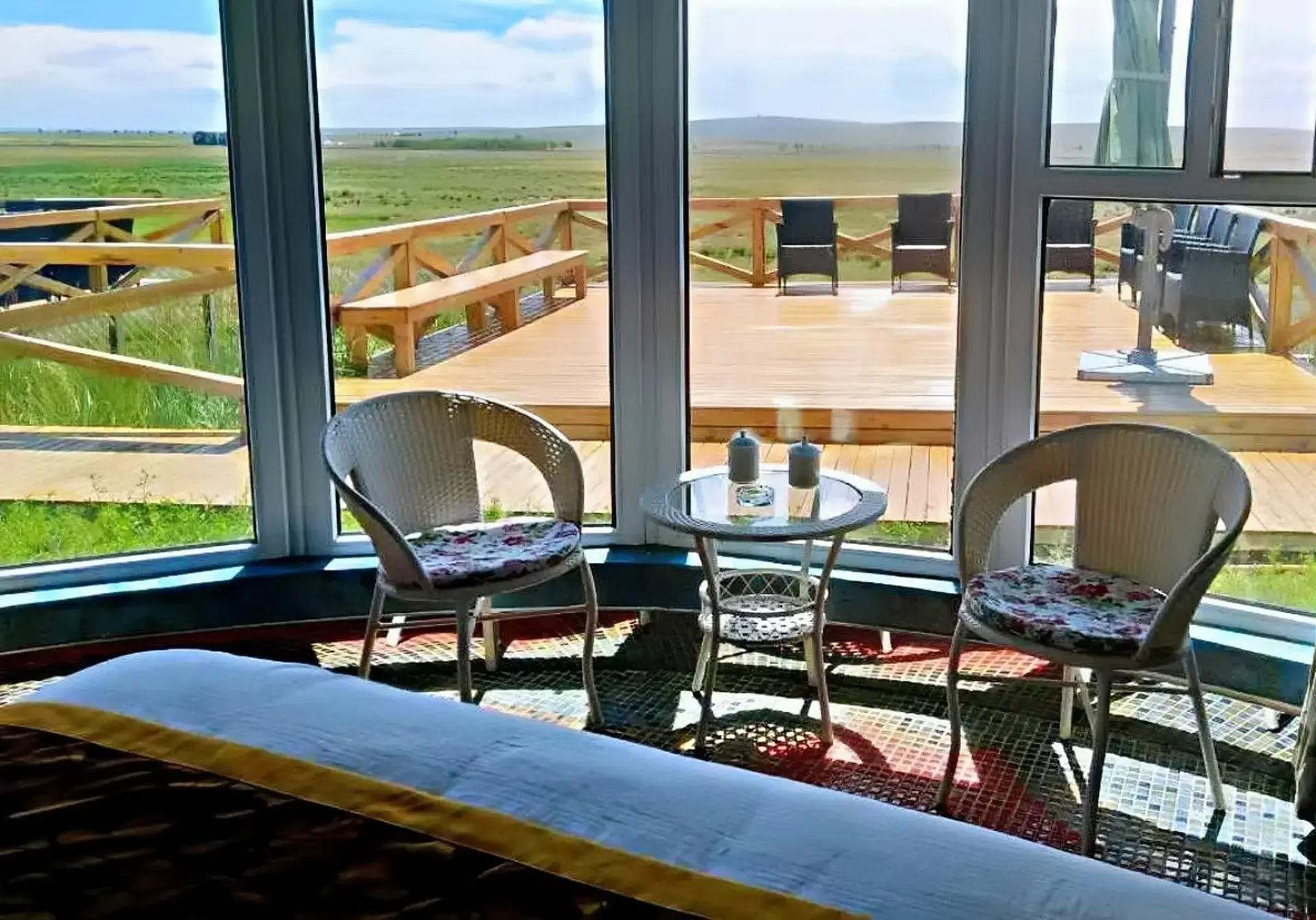Inner Mongolia
WELCOME TO Inner Mongolia
Province Overview
Hohhot
1,183,000 km2
25 million
Chinese
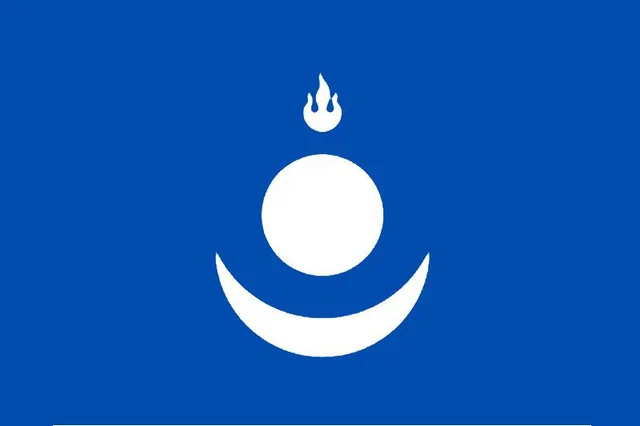
Popular
Geography and Tourist Attractions
Information about the province's tourist attractions, including popular destinations, events, and activities.
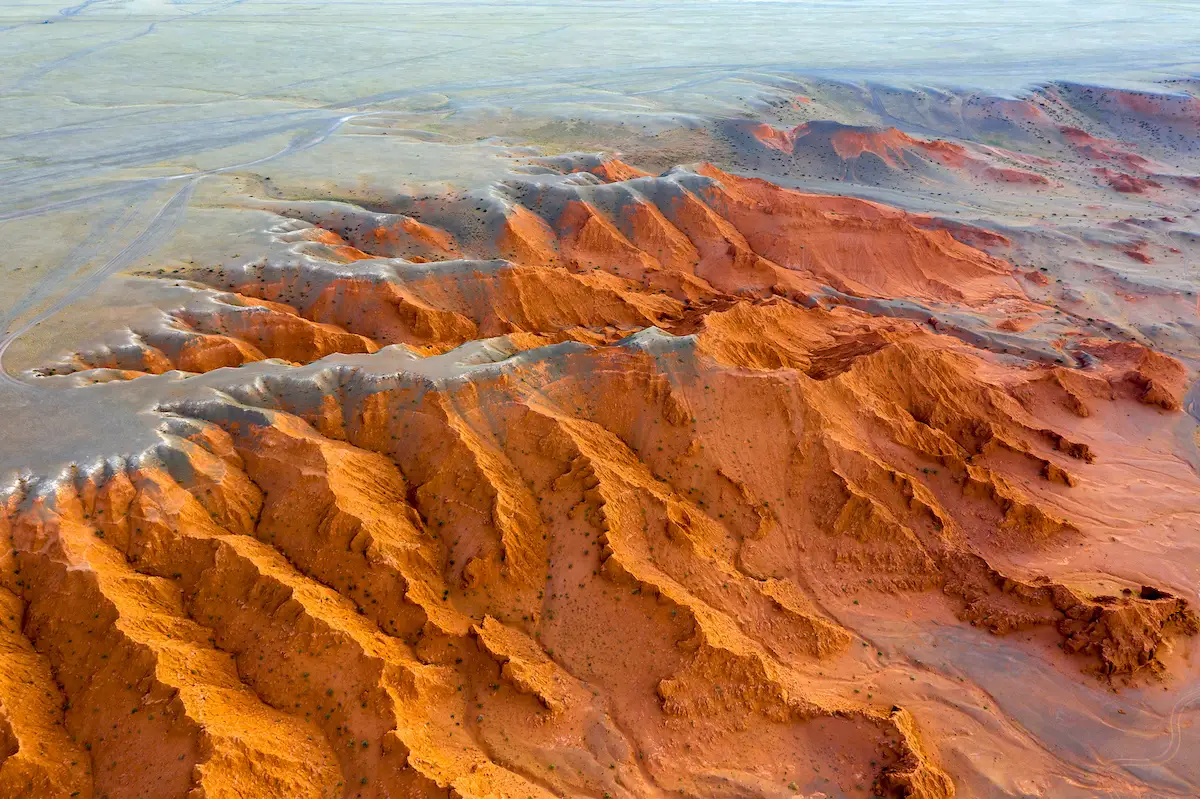
Gobi Desert
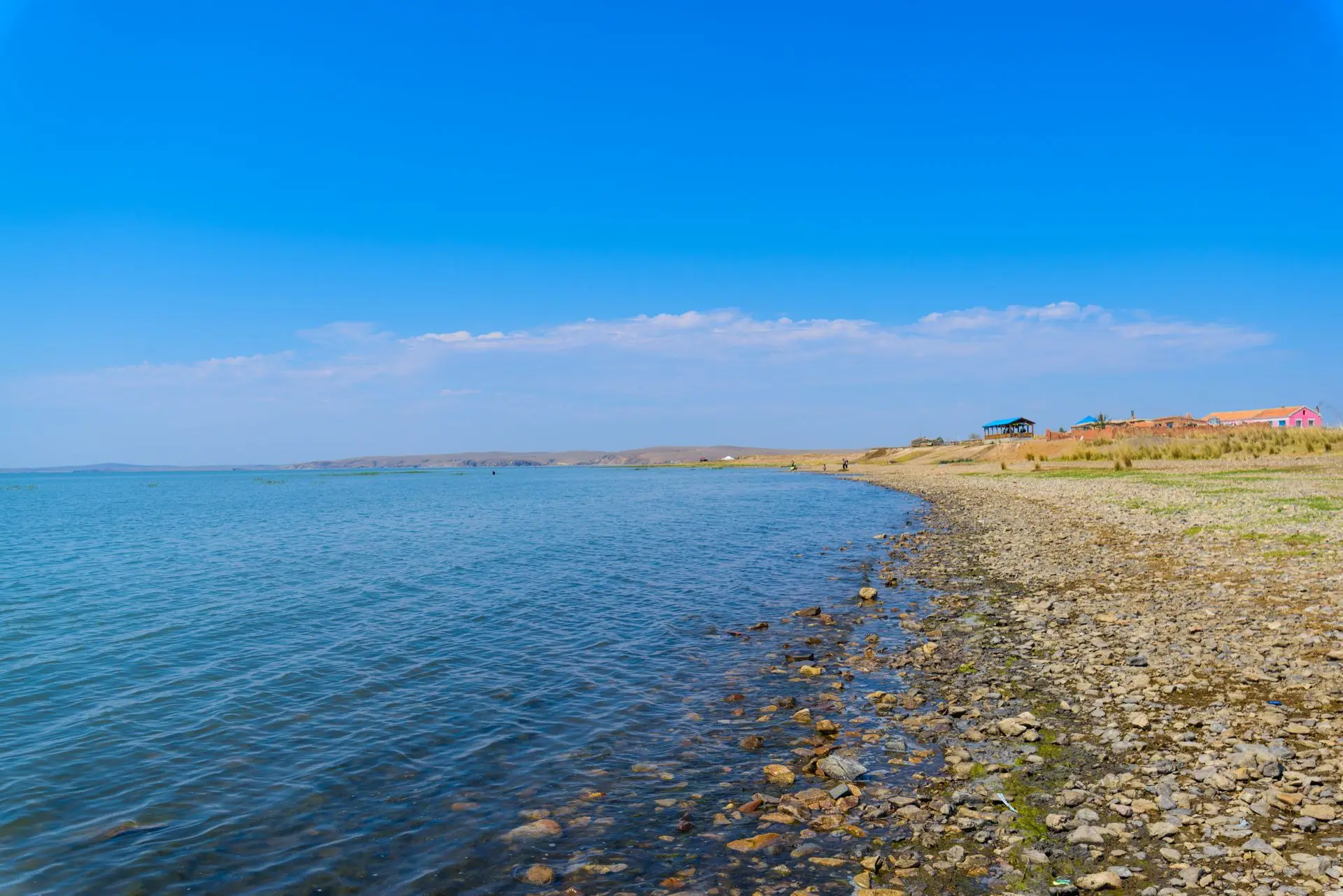
Hulun Lake
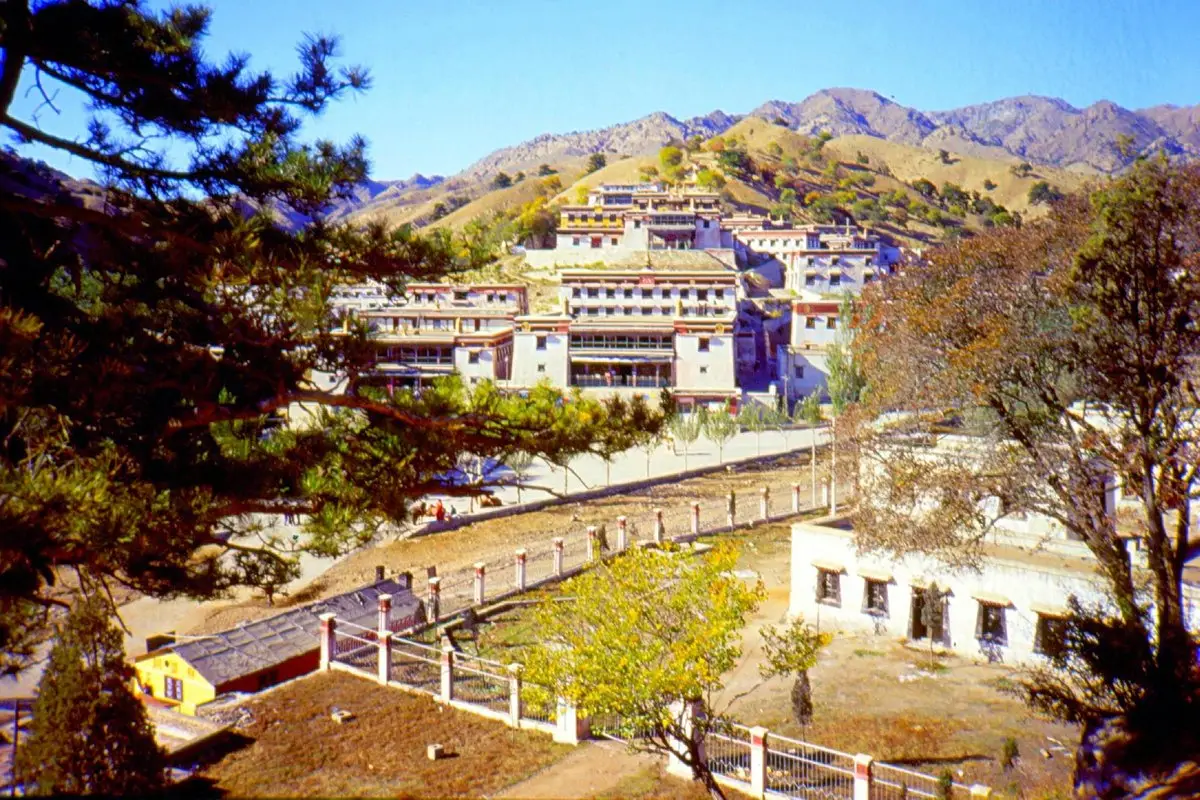
Wudangzhao Monastery
Political
Economy and Government
Inner Mongolia, as an autonomous region in northern China, possesses a dynamic economy and a robust governance structure. The province's economy is primarily driven by its rich mineral resources, including coal, rare earth minerals, and natural gas. These resources have contributed to the development of a strong energy and mining sector, attracting domestic and international investment.
Furthermore, Inner Mongolia is a major agricultural region known for livestock farming, especially sheep and cattle. The province's vast grasslands provide ample grazing lands, supporting the production of high-quality meat and dairy products.
The government of Inner Mongolia operates under the framework of China's socialist system and implements policies that promote economic growth, sustainable development, and the well-being of its residents. It focuses on regional development, infrastructure improvement, and environmental protection. The government actively encourages investment, innovation, and technological advancements, fostering a favorable business environment for both domestic and foreign enterprises.
Through its proactive governance and emphasis on economic diversification, Inner Mongolia continues to make significant contributions to China's overall economic growth and plays a crucial role in the nation's development strategy.
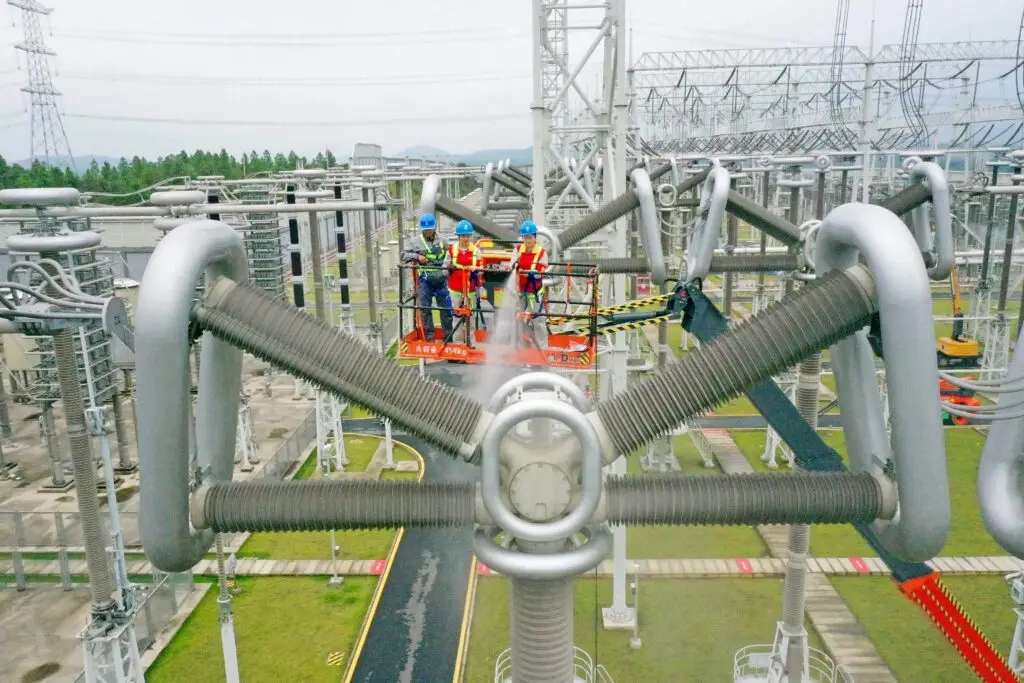
History
History and Culture
Inner Mongolia, located in northern China, is rich in history and culture, deeply influenced by the Mongolian nomadic heritage. The region has a long history dating back to ancient times when it was inhabited by various nomadic tribes. Inner Mongolia played a crucial role in the rise and expansion of the Mongol Empire under the leadership of Genghis Khan.
The cultural heritage of Inner Mongolia is characterized by traditional Mongolian customs, arts, and music. The vibrant festivals and celebrations, such as Naadam and Nadam Fair, showcase the nomadic traditions, including wrestling, horse racing, and archery. Mongolian cuisine, with its hearty meat-based dishes and dairy products, is a significant part of the local culture.
Inner Mongolia is also home to numerous historical sites and landmarks, including ancient temples, such as the Five Pagoda Temple in Hohhot and the Zhaojun Tomb in Hohhot. These sites reflect the fusion of Mongolian and Chinese architectural styles.
Today, Inner Mongolia preserves and promotes its unique cultural heritage through museums, cultural centers, and festivals, providing visitors with an opportunity to immerse themselves in the rich history and vibrant traditions of the region.
HOTELS
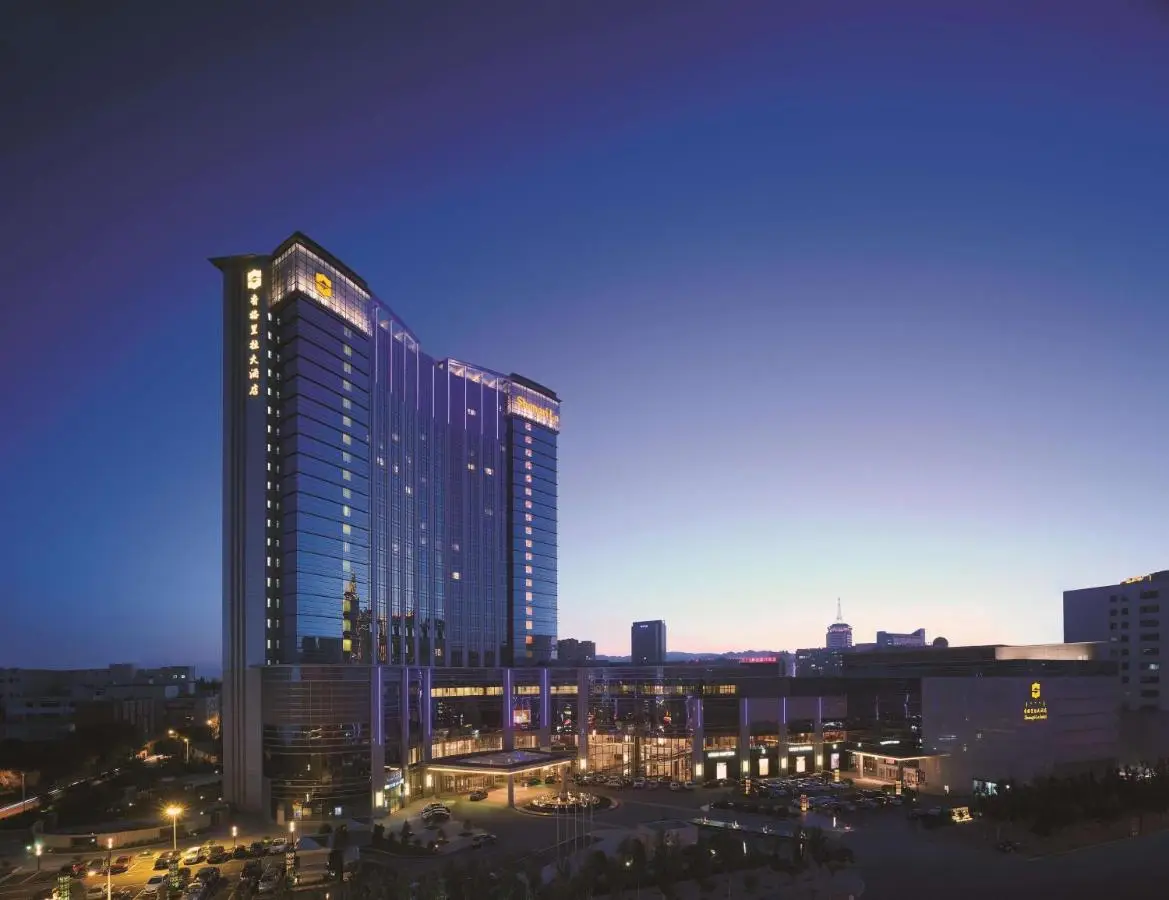
Shangri-La Hotel
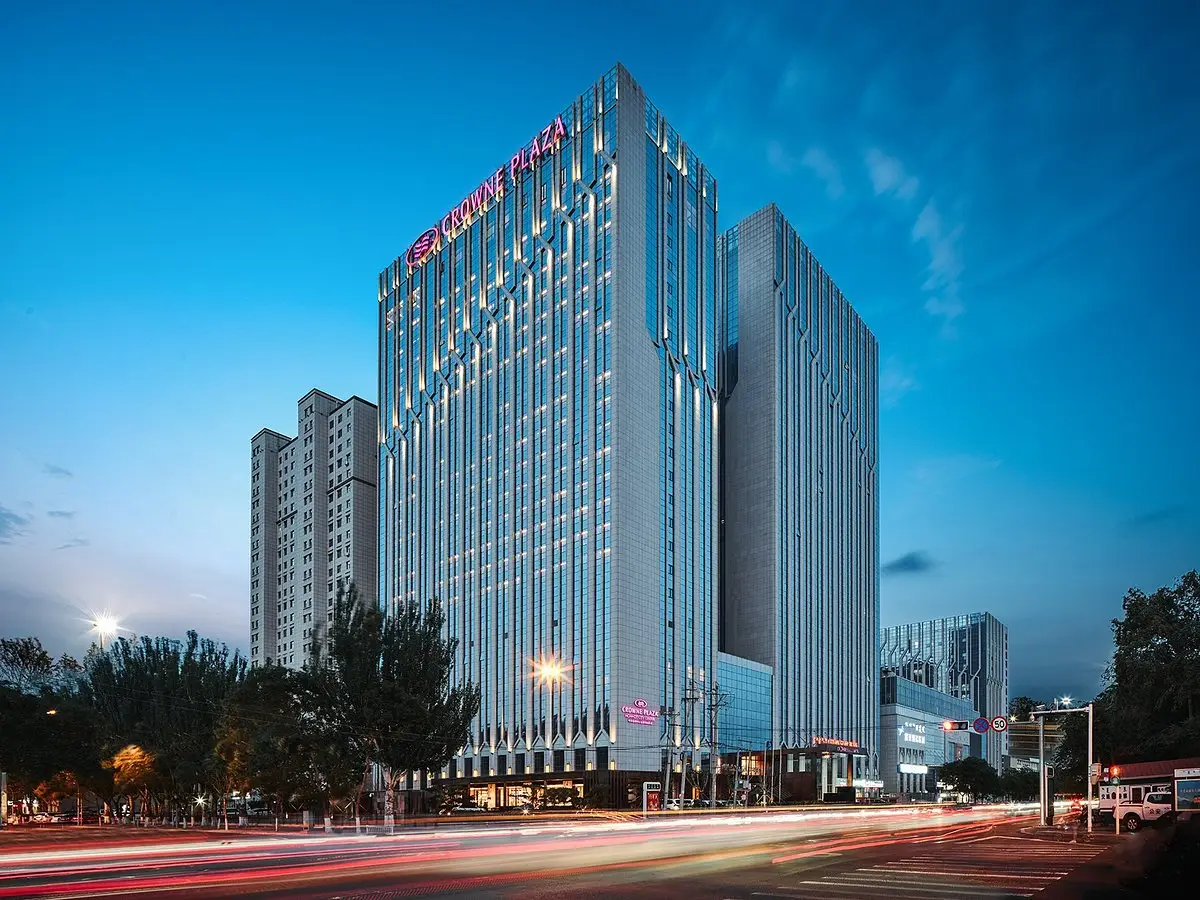
Kempinski Hotel Hohhot
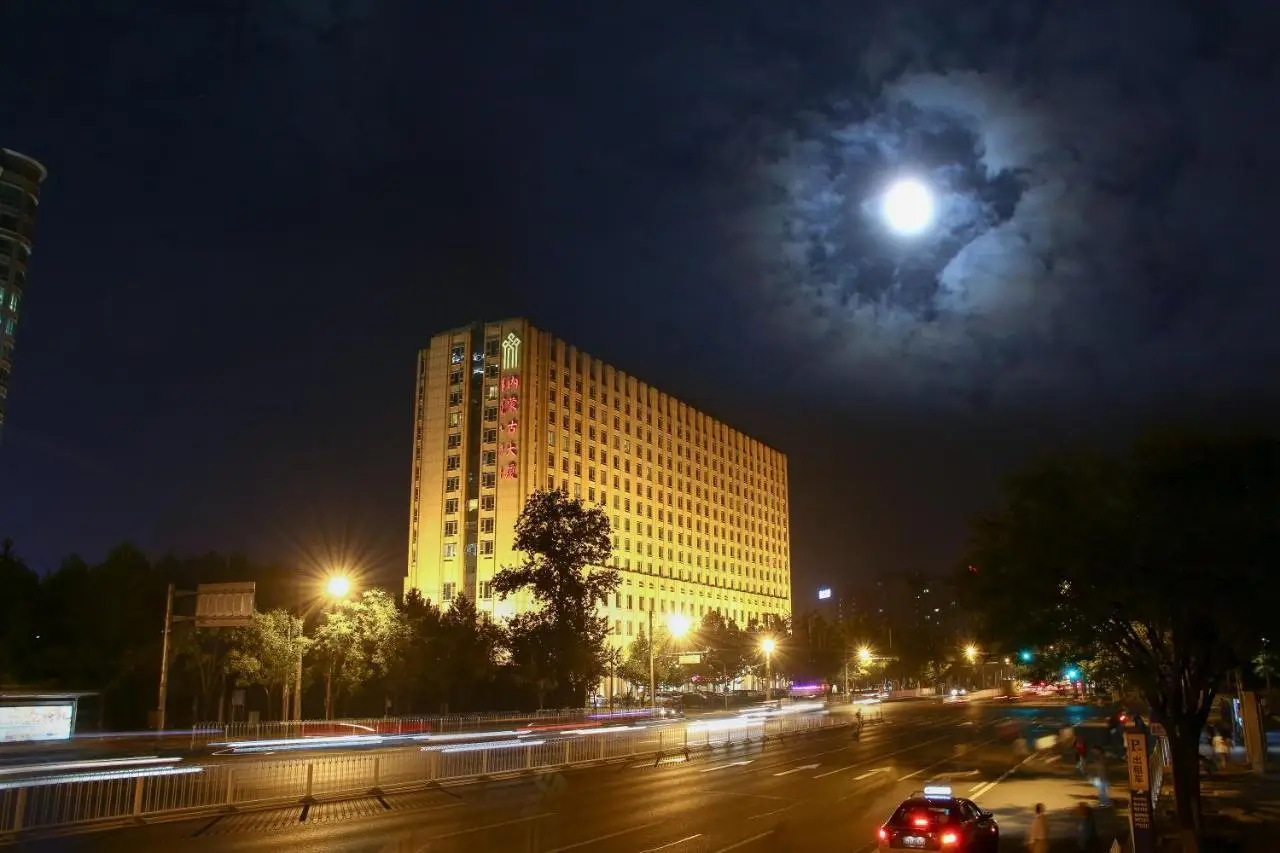
Inner Mongolia Jinjiang International Hotel
RESTAURANTS
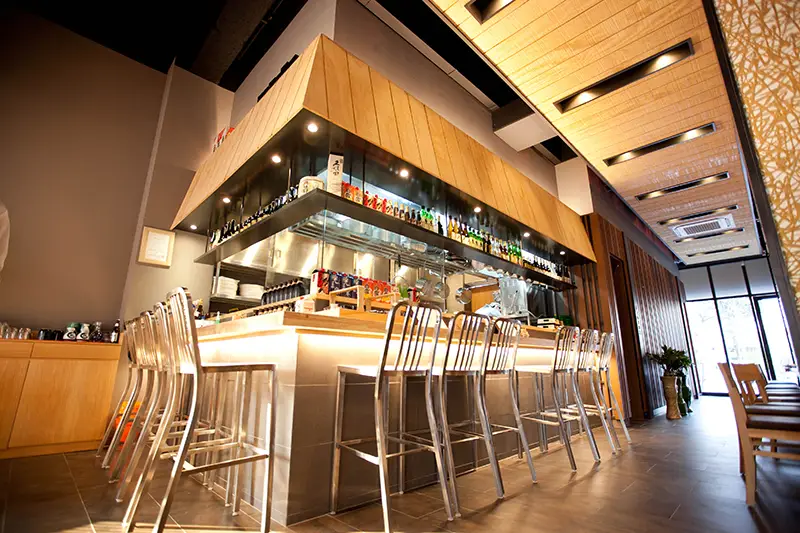
Dongsheng District Mutton Restaurant
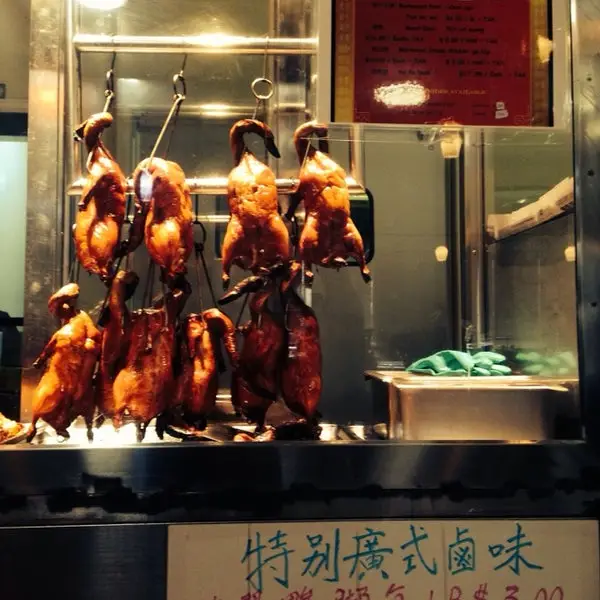
Xingchengji Roast Whole Lamb
